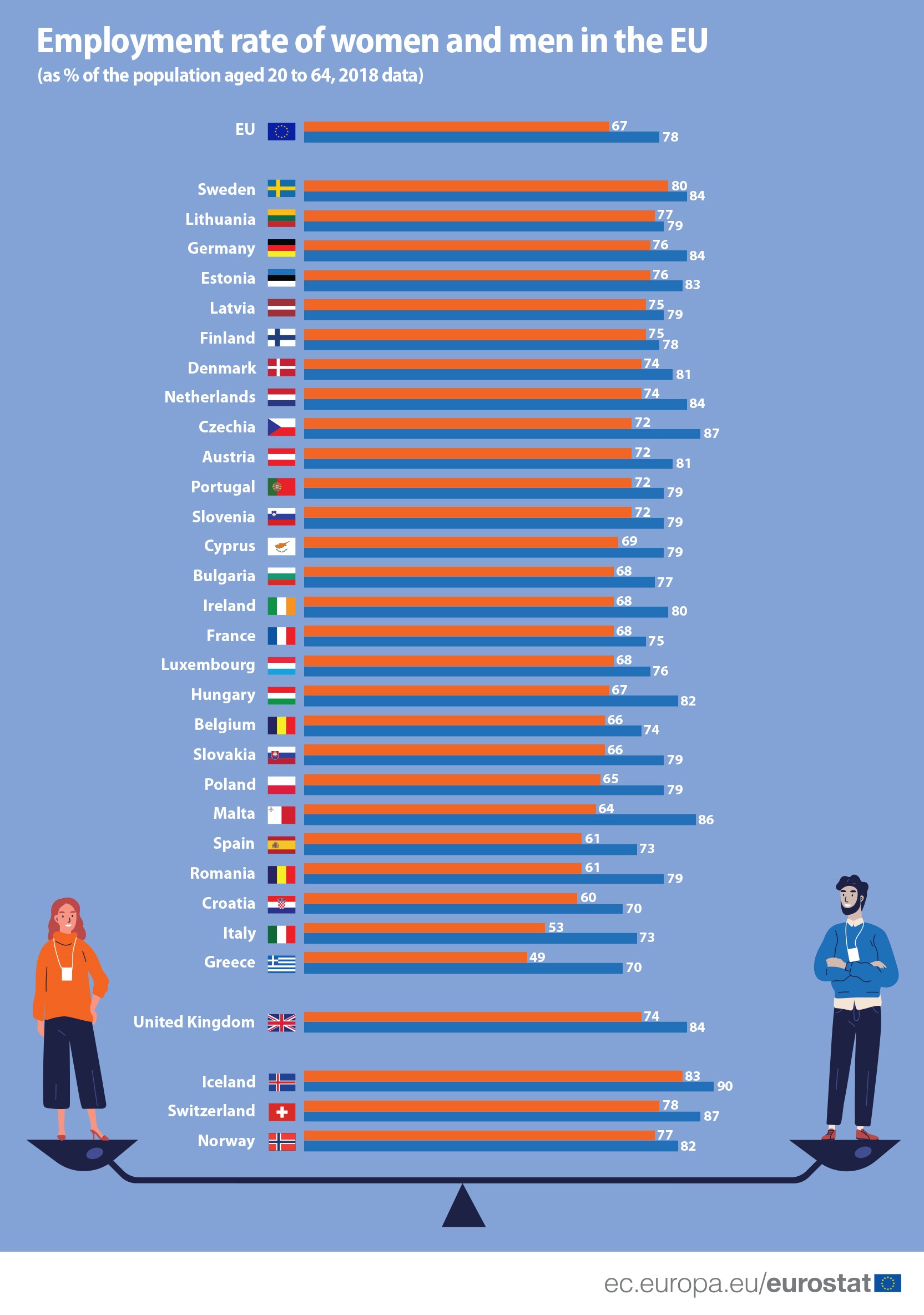Carbon-Sucking Tech Could Need More Energy Than All Homes Use
Technology that sucks carbon emissions out of the air would need more energy than used to run the world’s homes if it’s to play a significant role in reaching global climate goals.
Bloomberg News
William Mathis
(Bloomberg) — Technology that sucks carbon emissions out of the air would need more energy than used to run the world’s homes if it’s to play a significant role in reaching global climate goals.
That’s according to a future energy scenario modeled by oil supermajor Shell Plc that includes direct air capture, which filters the gas out of the air so that it can be stored safely and permanently. It’s one of the two main ways to trap CO2 — along with capturing it before it leaves a smoke stack.
Despite net-zero emissions goals in most of the world, governments will need to make big changes to limit global warming well below 2C and avoid the worst impacts of climate change. Getting there won’t just mean sharply cutting back on fossil fuels in favor of renewables and batteries, but also scaling up technologies that sequester CO2.
Direct air capture is still in its infancy and while it could one day be a crucial climate tool, it’s hugely energy intensive. It’s effectively like running a giant air conditioner to cool the atmosphere.
In a scenario in which the world limits global warming in line with the Paris climate agreement, final energy demand for direct air capture rises from about nothing today to almost 66 exajoules in 2100. That would be more than the energy needed to heat and power all the world’s homes by then, according to a report by Shell.
That amount of energy would allow the world’s carbon-sucking machines to absorb more than 5 billion tons of CO2 per year, Shell said. Were that to happen, it would be possible for global warming to be around 1.24C by 2100, after briefly rising above 1.5C in the middle of the century.
Despite the technology remaining fledgling, there’s major interest in it. US President Joe Biden’s climate bill provides significant subsidies to help expand the industry. US oil giant Occidental Petroleum Corp. has already started building what will be the world’s largest carbon-removal plant.
How the machines fare depends on investment and how the technology develops. But if they do scale up, they’ll need a lot more wind turbines and solar farms to provide low-carbon power.
—With assistance from Akshat Rathi.
By Andy Corbley
-Mar 20, 2023

A new study shows that methods of sucking up atmospheric air and filtering out the CO2 can be improved by adding copper to the filter material, potentially opening up the technology to dozens more uses that could produce a meaningful difference in the fight against climate change.
The addition of copper also converts the captured CO2 to a harmless baking soda that could be stored in the oceans, or turned into a saleable product.
Some scientists say the only way to limit the warming of the Earth to less than 1.5°C over this century is if humanity starts to extract some of the CO2 they’ve added to the atmosphere through carbon capture methods.
These machines come in two forms: one that uses large fans to pull regular air from the environment, filter out the CO2, and then store that underground or produce other chemical products, and a second that does the work directly at the exhaust point of large factories, power plants, or natural gas wells.
The former method deals with CO2 at very few parts per million, while the latter does so at much higher concentrations, but with placement limited to industrial facilities.
Now, a study published in Science Advances shows that when copper is added to the ammine-based filter devices on the large ambient carbon-capture machines, they filter out CO2 three times as much, reducing cost and improving efficiency.
“To my knowledge, there is no absorbing material which even at 100,000 ppm, shows the capacity we get it in direct air capture of 400 ppm,” said lead author Professor Arup Sengupta from Lehigh University in the US.
DON’T DESPAIR HEADLINES: Growth in Carbon Capture Projects This Year is Dramatic, Showing Global Determination to Cut Emissions
But more than the increased performance, the addition of the copper opens up a new possibility for where the absorbed CO2 can be placed—in the ocean.
The ocean is one of the three major carbon storehouses on Earth, and the climate change body of science shows that too much CO2 causes the oceans to acidify, but the copper and amine created a chemical reaction in seawater than turned the captured CO2 in the study into non-acidifying, sodium bicarbonate, or baking soda.
MORE CARBON CAPTURE HEADLINES: New Wyoming Carbon Capture Project Will Eliminate 5 Million Tons of CO2 Per Year
With the potential of storing captured carbon in the ocean, the placement of carbon-capture facilities would go from being limited to places with significant underground storage capacity and existing drill infrastructure to anywhere there’s a coastline.
“I am happy to see this paper in the published literature, it is very exciting, and it stands a good chance of transforming the CO2 capture efforts,” Professor Catherine Peters from Princeton University told the BBC who wasn’t involved in the research project.
While Sengupta’s new method turns the CO2 into baking soda for depositing in the seas, other methods actually involve baking soda.
Last July, GNN reported that Tata Chemicals Europe opened the UK’s first industrial-scale carbon capture and usage plant. The plant captures 40,000 metric tons of carbon dioxide each year—the equivalent to taking over 20,000 cars off the roads.










